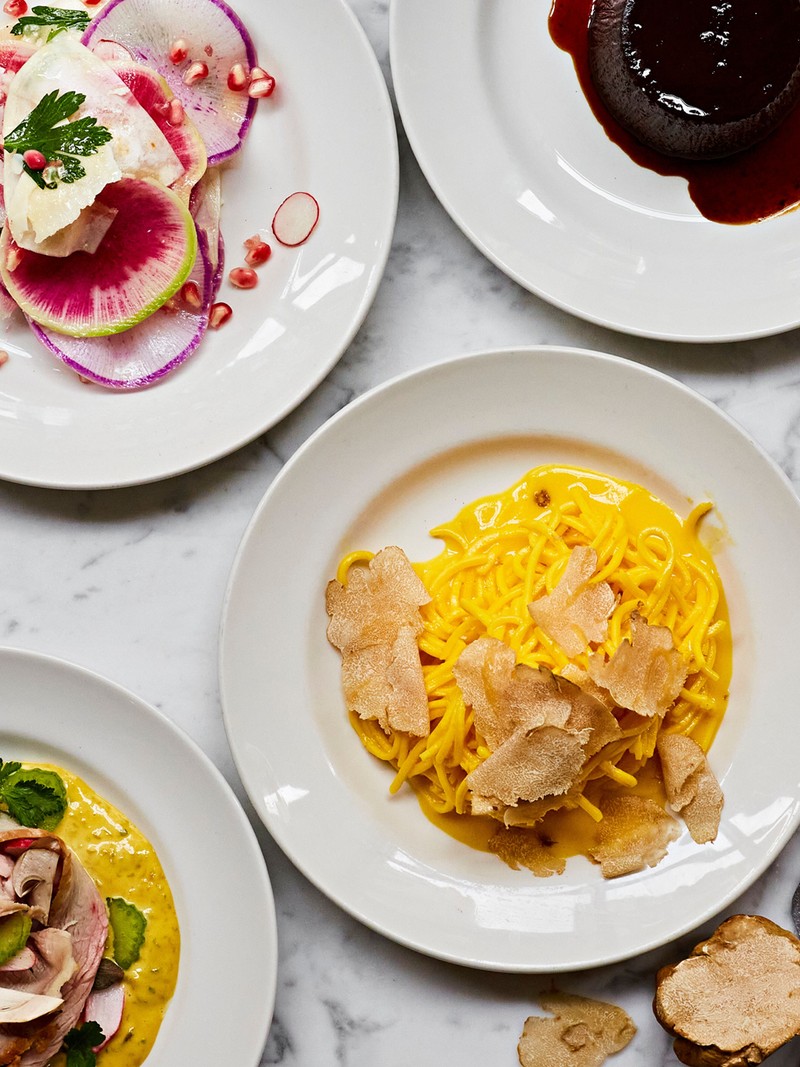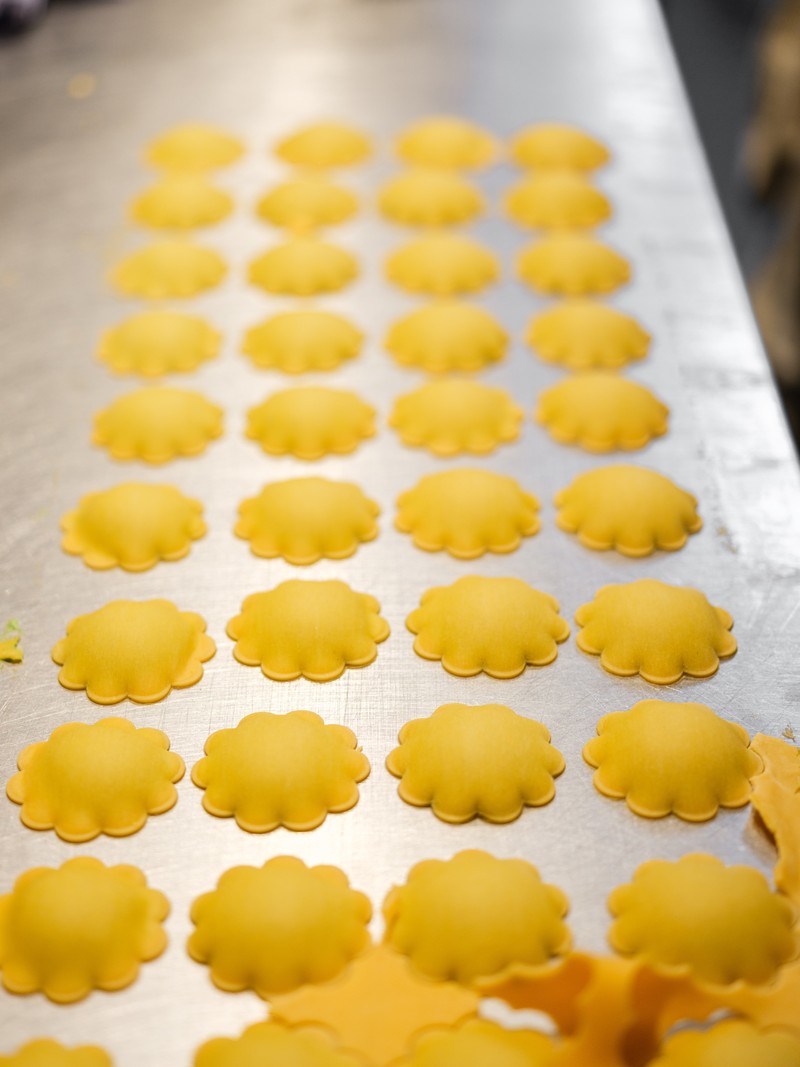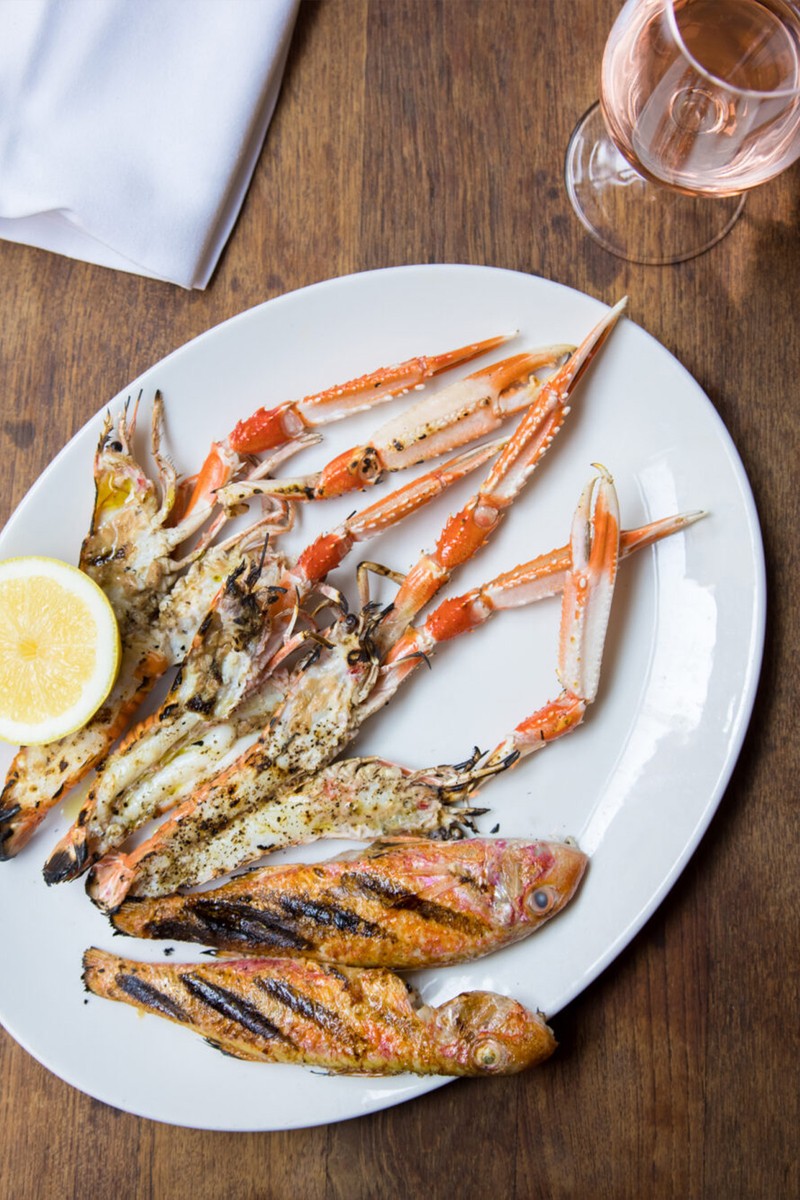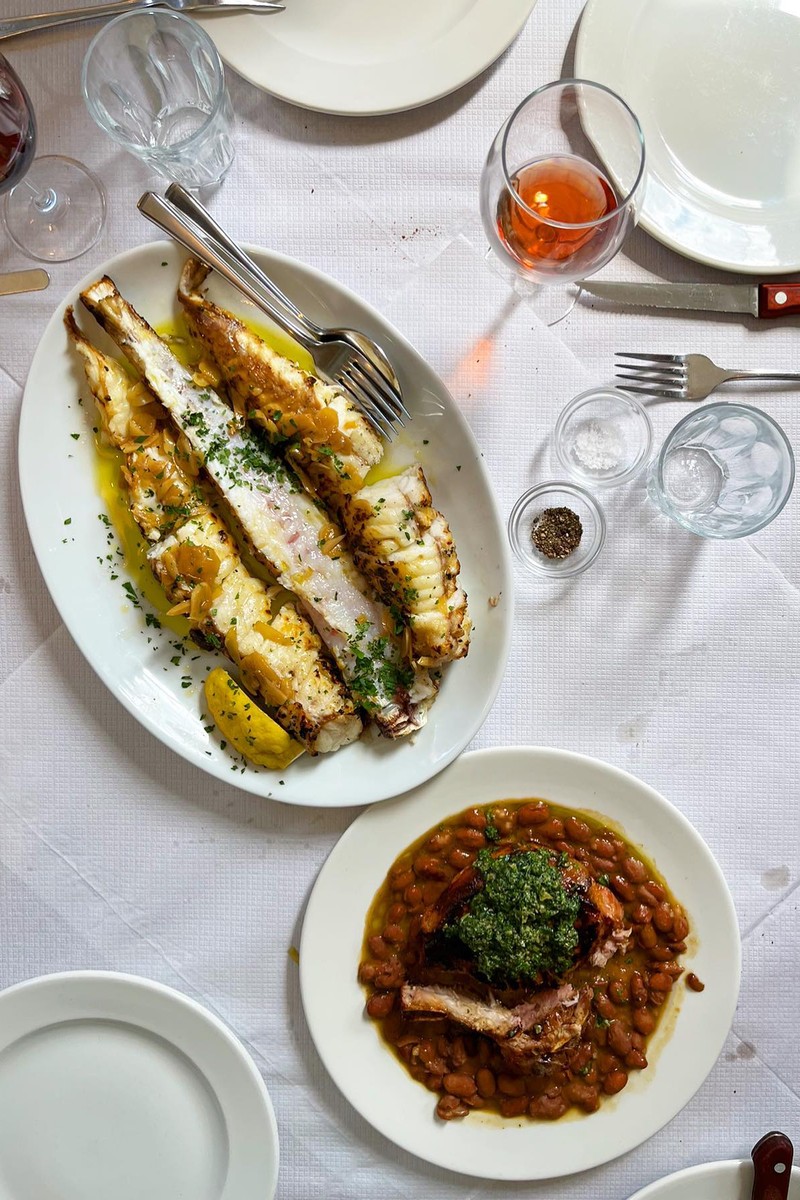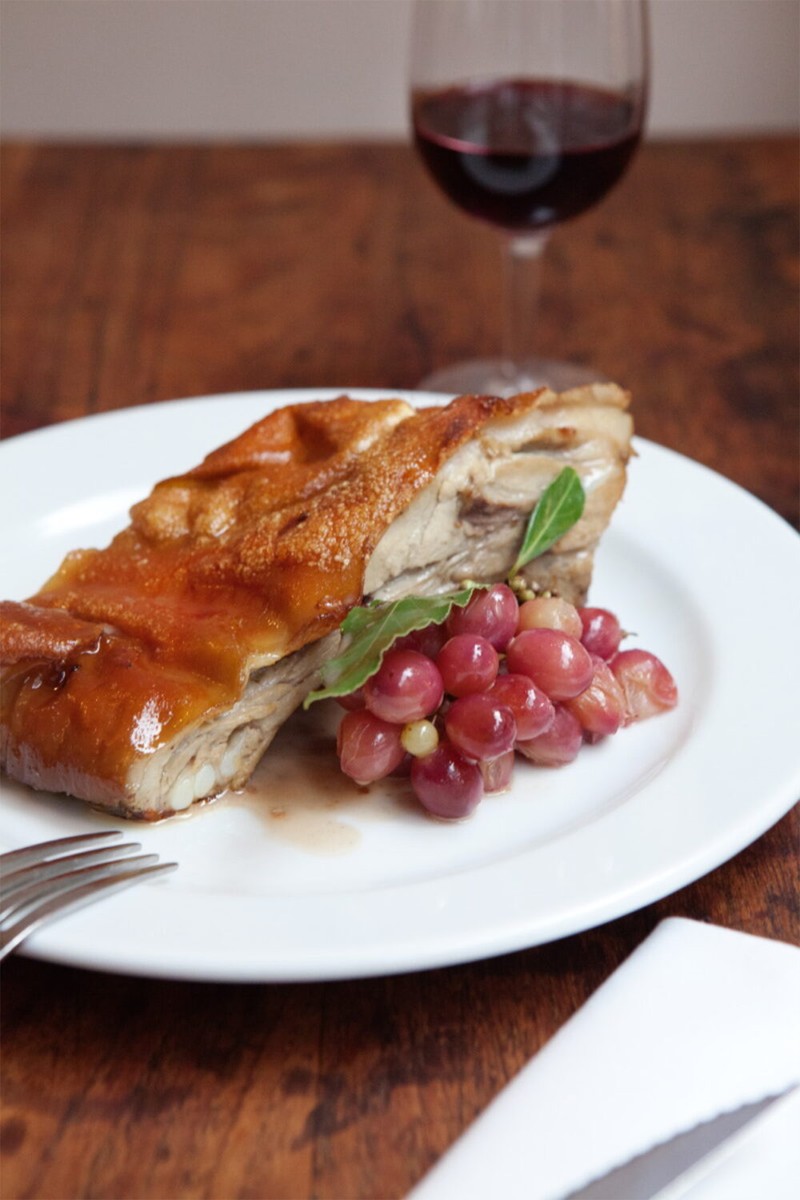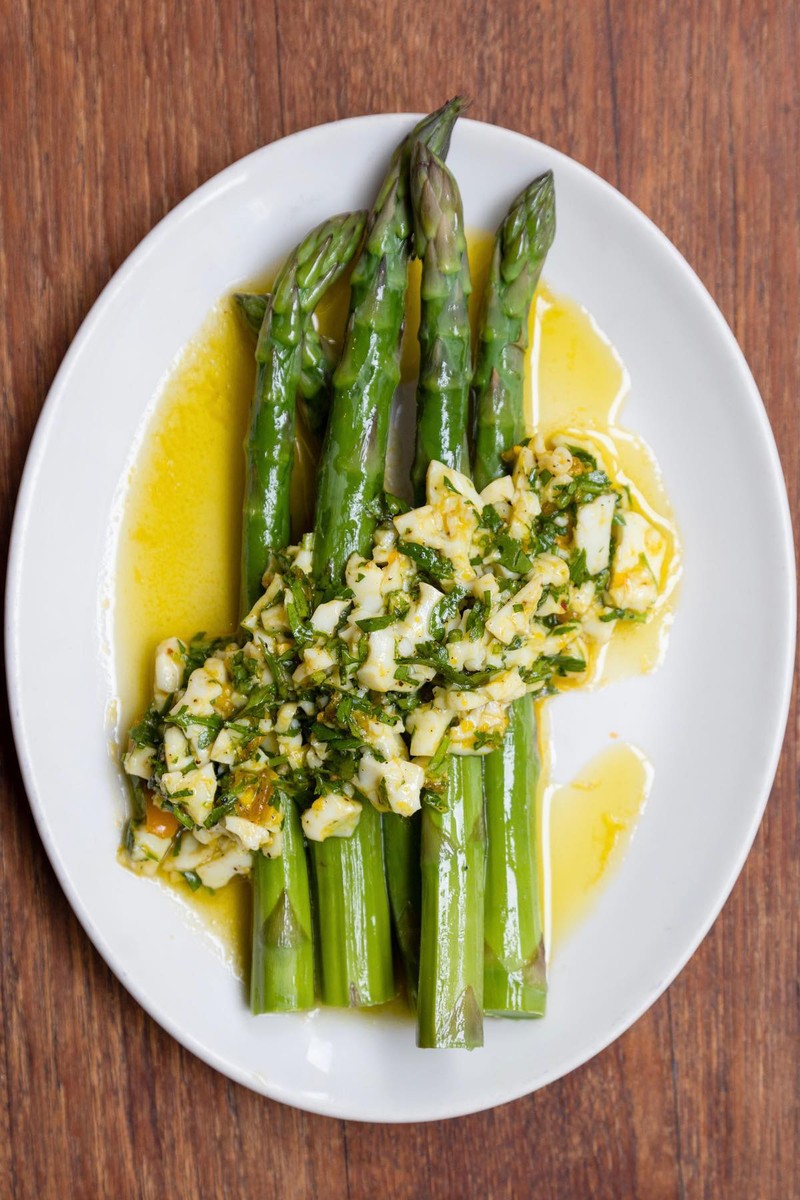5 Chefs Share Their Italian Food Rules
Jay Patel
Legare
Always keep a selection of great olive oils at home. I generally have two to three types – an unfiltered olive oil is higher in polyphenols and perfect for salad dressings or finishing grilled veg. It’s brighter, often a little bitter, and slightly shorter in terms of shelf life. You don’t want to use it to cook, only to finish things like fish, veg and salads. A Tuscan olive oil is richer, more robust and perfect for slow-braised dishes like ragus or simple tomato sauces. It imparts a rounded flavour, and can stand up to other flavours like red meat. Lastly, a good Sicilian olive oil is more peppery, grassier and ‘greener’ in terms of flavour.
Learn how to make a good sofrito. This is a thick, savoury paste made from tomato, garlic, onions, fresh herbs and sometimes peppers. It forms the basis of numerous Italian dishes. For ragu with phenomenal depth and richness, take your time cooking it down. Cut the base vegetables finely (celery, carrots, onions and garlic) and sauté over a controlled heat, making sure to stir while browning and sweating. You’re after a deep, rich brown base that’s sweet and full of umami. 90% of Italian meat or seafood ragus start with this. Once you’ve nailed the basics, experiment with different ingredients – switch out the carrots for fennel and add a layer of anise aroma for fish dishes.
Embrace dried pasta. Right now, everyone’s going crazy for fresh pasta. But, unless fresh egg pasta amplifies a dish (such as tagliatelle or pappardelle with ragu) dried pasta is more than fine, and often far better. It has the bite that fresh pasta lacks, and it creates a far better emulsion as it releases more starch. Just look for good-quality brands like Gentile, Martelli and Monograno Felicetti. Plus, don’t forget to remove your pasta two to three mins before the suggested cooking time to cook it in the sauce. It will release more starch, thickening your sauce while it emulsifies.
Make vegetables the star of the show – and stop emphasising the importance of proteins. Italian food is broader and more delicious than just meaty sauces with pasta. You just need to find the simple ways of preparing veg, like cavolo nero quickly blanched and sautéed with garlic. You could also shred it finely and sweat it down with chilli and anchovies for about an hour. Serve it with pasta or a pot of slow-cooked borlotti beans. The same principle can be applied to many other vegetables, like courgettes or green beans.
Be patient. Making sauces the day before, and leaving them overnight can be a game changer. Some dishes don’t cool down and reheat well, but others do. A simple tomato sauce or a slow-cooked ragu will taste better the next day. As the dish cools and sits over time, the different aromas compound and develop more seasoned notes.
Visit LegareLondon.com
Jacob Kenedy
Bocca di Lupo, Gelupo & Plaquemine Lock
Keep it simple. In Puglia, I have heard arguments about whether it is acceptable to put olive oil or lemon onto raw fish and seafood or if the addition ruins the purity. Less really is more – and in any recipe (except for maximalist timballo), omitting unessential ingredients will always improve the result.
Serve things properly but simply. Traditional Italian menus feature antipasti (light dishes), primi (pasta, risotto or soup), secondi (protein), contorni (sides, sometimes served at the same time as the secondo) and desserts. The idea of meat or fish with two veg and a sauce is not Italian – serve just a grilled fish, piece of steak or stew on its own – and if you want salad, beans or potatoes, serve them on the side.
Embrace bitter flavours. Italians adore bitter or astringent flavours – radicchio, chicory, aubergine, artichoke – and end their meal with a coffee or bitter digestive, as much for the flavour as digestion.
Cook vegetables thoroughly. Blanching is French, boiling is Italian. Boil greens like spinach, cime di rapa and chard thoroughly in very salty water until they almost disintegrate before draining, refreshing and squeezing dry. Then either dress the cooked vegetables with oil and lemon, or sauté them with garlic and chilli.
Forget ‘Italian’. Italy comprises 20 regions, so the very idea of one Italian cuisine is a generalisation and a fallacy. Cook a meal from Sicily – sardines beccafico, caponata, cassata. Or go to Lazio with your menu, or to Piedmont. There is so much richness to discover this way. And cook for people you love. In Italy, the table is the altar at which the family worship, and mama is the high priestess. Cook from the heart and for people you care for, and you are cooking the Italian way.
Visit BoccadiLupo.com
Conor Gadd
Trullo
Less is more. The main hallmark of Italian cooking is simplicity. The best cooking is when things taste of what they are, rather than being hidden behind a long list of other ingredients.
Always add pasta to sauce, not sauce to pasta, because one would always rather have too much sauce than the other way around.
Never cross-pollinate regional cooking – just don’t do it. For example, dishes from Sicily are very different to those from Lombardy, so it’s best to stick to one region and do it well.
Nail a good sofrito. Your meal is only as good as your sofrito, so it’s worth getting it right by going low and slow.
Olive oil is the star of a dish, not a supporting actor. Use the best stuff you can, and use it in excess. One of my favourite dishes is spaghetti with wild garlic and almond pesto, which uses lashings of olive oil. To feed four, blanch 500g of wild garlic in slightly salted water for 90 seconds, before refreshing in iced water. Once cooled, strain off the water and blitz with 50ml of olive oil until it makes a purée. Meanwhile, lightly toast 150g of almonds in a dry pan. Coarsely grind and add to the wild garlic purée alongside 20g of grated parmesan. Boil a pot of salted water, one pack of spaghetti and cook until al dente (normally 2-3 minutes under packet instructions). In a separate pan, gently warm the pesto, before adding in the spaghetti. Ladle in a healthy amount of pasta cooking water, toss and serve.
Visit TrulloRestaurant.com
Giovann Attard
Norma
No pineapple on pizza. I know this is talked about a lot, but I don’t like fruit with savoury dishes, especially on pizza. They don’t work together, and no Italian would condone this pairing.
Never throw your pasta water away. Instead, ladle the water into the sauce to add extra flavour and thicken it with the starch that’s released during the cooking. It goes without saying you should always add enough salt to the pasta, too. The pasta extracts the water while cooking so this is the only way to season your pasta properly.
No grated parmesan with fish or seafood pasta. This goes back to my childhood as a rule from my mother, and it has always stuck.
Use a good olive oil for frying, but save extra virgin olive oil for salads and dressings.
Never cut spaghetti in half – it’s long for a reason, so it should be kept that way.
Visit NormaLondon.com
Theo Randall
Theo Randall at the InterContinental Park Lane
Cream has no business in a carbonara. Instead, make a ‘crema’ by mixing 4 egg yolks with half grated parmigiano reggiano and half pecorino romano. Whisk together until smooth and keep to one side. Fry off the guanciale until crispy, remove with a slotted spoon and keep to one side. Remember to keep the guanciale fat in the pan. Cook the spaghetti to al dente then add it to the guanciale fat and turn up the heat. Add the egg and cheese mixture with a ladle of the pasta water and toss so the egg mixture is well integrated with the pasta. This makes a lovely creamy sauce without the need for cream. Add half the fried guanciale and toss well so the everything is combined. Serve in hot pasta bowls with the remaining guanciale on top. Finish with freshly ground black pepper.
Nail a good parmigiana di melanzane and you’ll win over any Italian. The best way to make it is to take slices of raw aubergine and toss them in flour and beaten egg before you fry them. This will ensure the aubergine doesn’t absorb so much oil as they fry, and will also make the dish puff up when baked, making it lighter and more delicious.
Always cook risotto rice with chopped onion and olive oil for five minutes on a low heat so the rice is hot to the centre. This allows the rice to cook from the inside out and will ensure that lovely al dente bite. Turn up the heat and add your seasoned stock while you keep stirring. After about 15 minutes, check the rice by biting the grain. If it has a nice bite but it’s still a bit undercooked, add your cooked asparagus, mushrooms (or whatever you wish to put in your risotto). Season, take off the heat, add butter and parmesan and stir vigorously until the risotto is creamy.
Perfect your spaghetti alle vongole. First, make sure the clams are alive by placing a sharp small knife between the opening of the clam. This is essential – if the clam opens easily, it’s dead, so don’t cook it. Wash your prepped clams then place in a hot frying pan and cook for two minutes (separately, start cooking your spaghetti in boiling salted water). Add garlic, dried chilli and white wine to the clams and cook for four minutes on a high heat until all the clams open. Scoop out all the opened clams, leaving the juice. Add the spaghetti when it is al dente and finish cooking it with the white wine and clam juice. Add chopped parsley and a generous dash of olive oil. Add the clams back and toss. Serve in hot pasta bowls and eat immediately.
Visit TheoRandall.com
Inspired? Here are some of the things you need to cook like a true Italian

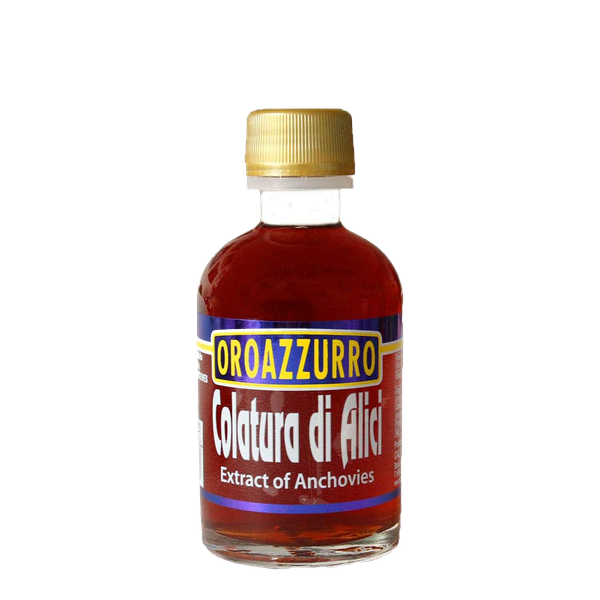
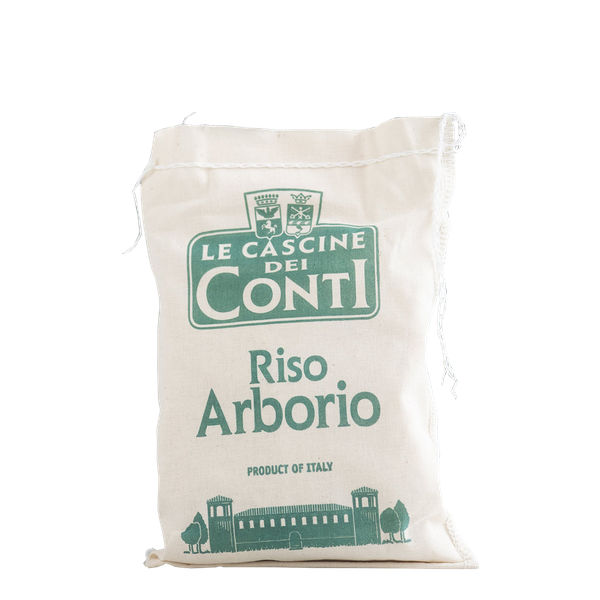

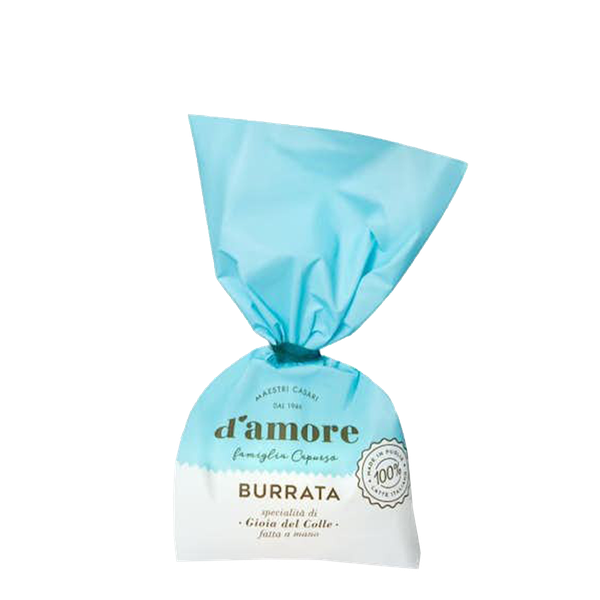
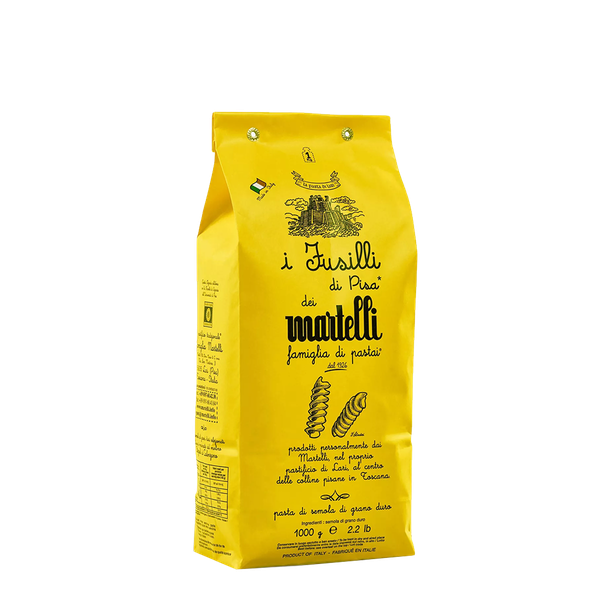

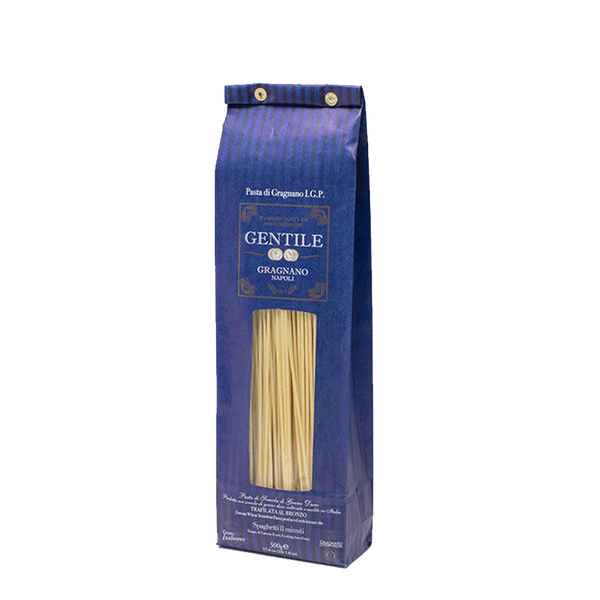
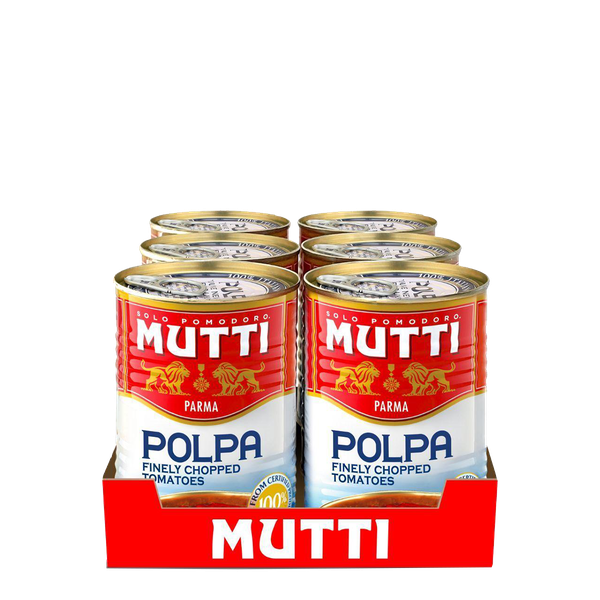
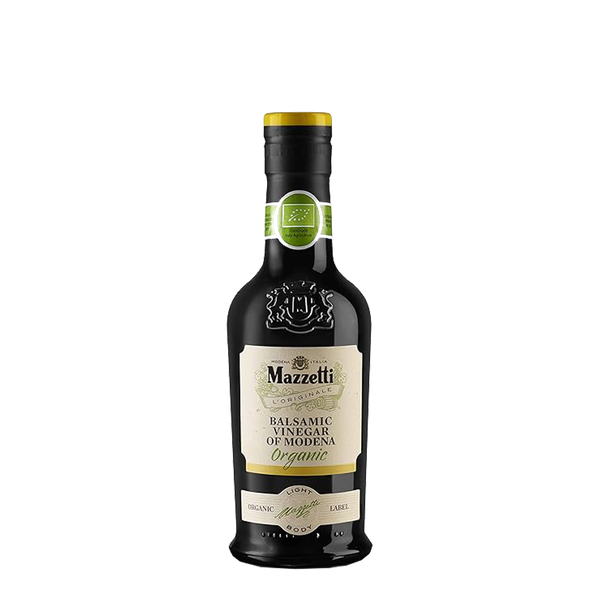
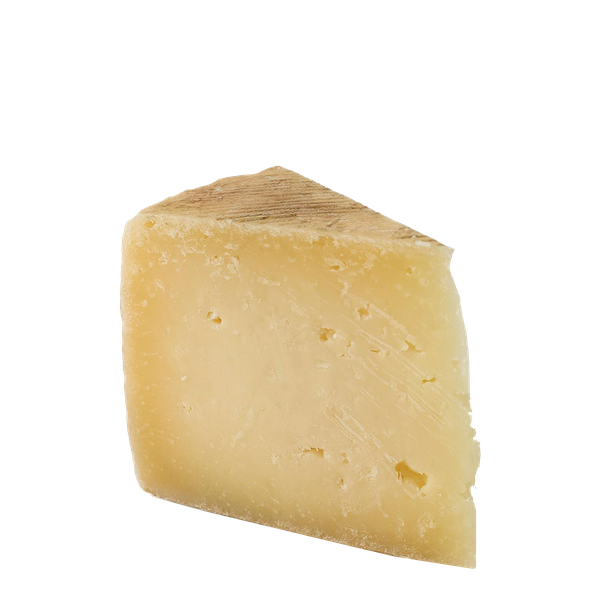
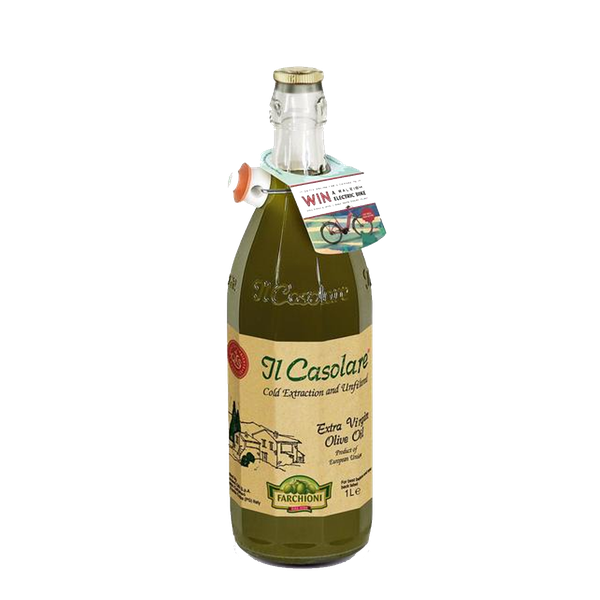
All products on this page have been selected by our editorial team, however we may make commission on some products.
DISCLAIMER: We endeavour to always credit the correct original source of every image we use. If you think a credit may be incorrect, please contact us at [email protected].
